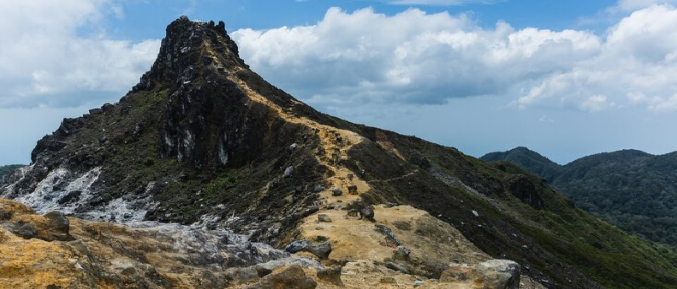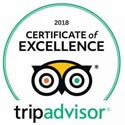Mount Kilimanjaro, the tallest peak in Africa and the 4th highest in the world, offers a unique trekking experience that attracts adventurers globally. Here’s a comprehensive guide to help you plan your journey in 2024.
The Climate of Mount Kilimanjaro
Kilimanjaro‘s climate is as varied as its terrain, taking you through multiple ecological zones. Starting from the tropical rainforest area, you’ll journey through the cloud forest, followed by the alpine heath zone, before reaching the arid zone marked by snow and ice. This variety ensures a dynamic and memorable experience.
What to Pack
Clothing: Due to the varied climate, pack layers including a waterproof jacket, insulating layers, and breathable hiking clothes.
Footwear: Sturdy, comfortable mountain boots are essential.
Gear: A backpack, sleeping bag, walking poles (optional), headlamp, and water bottles.
Health and Safety: Pack first aid supplies, sunscreen, and insect repellent. Be prepared for altitude sickness.
Documentation: Ensure you have necessary visas, travel insurance, and vaccination records.
Best Time to Visit
Ideal Months: The best times to climb are between January to March and June to October, with drier conditions and more stable weather.
Avoid: March, April, and November are the wettest months, making trekking challenging.
Peak vs. Off-Peak: June to October are busier months. If you prefer quieter trails, January to March is a great option, though you might experience snowfall.
Choosing a Route and Tour
Route Selection: Popular routes include Marangu and Machame, which are shorter, and longer options like Rongai, Lemosho, and Shira.
Tour Operator: It’s mandatory to climb with a guide. Choose a reputable tour operator who provides guides, porters, camping equipment, food, and water.
Cost Considerations
Luxury vs. Standard Treks: Prices vary based on the level of comfort and services. Luxury treks offer enhanced amenities like comfortable sleeping arrangements and gourmet meals.
Duration and Type of Trek: Longer treks offer better acclimatization but come at a higher cost. Private treks are more expensive than joining a group.
Seasonal Pricing: Costs can fluctuate based on the climbing season, with peak seasons potentially being more expensive.
Additional Tips
Physical Preparation: While no special mountaineering skills are required, being fit helps in coping with altitude. Some previous trekking experience is recommended.
Health Precautions: Vaccinations like yellow fever are recommended. Anti-malaria medication and emergency medicines should also be considered.
Conclusion
Climbing Mount Kilimanjaro is a rewarding adventure that requires careful planning. Selecting the right time, packing appropriately, and choosing a reliable tour operator are key to a successful climb. With its breathtaking views and diverse ecology, Kilimanjaro promises an unforgettable experience for those who take on the challenge.











 +255 769 654036
+255 769 654036 +255 769 654036
+255 769 654036 +255 769 654036
+255 769 654036






 Rated
Rated
Am an experienced Kilimanjaro mountain guide and a safari organiser, I have been doing this work for over 15 year now.